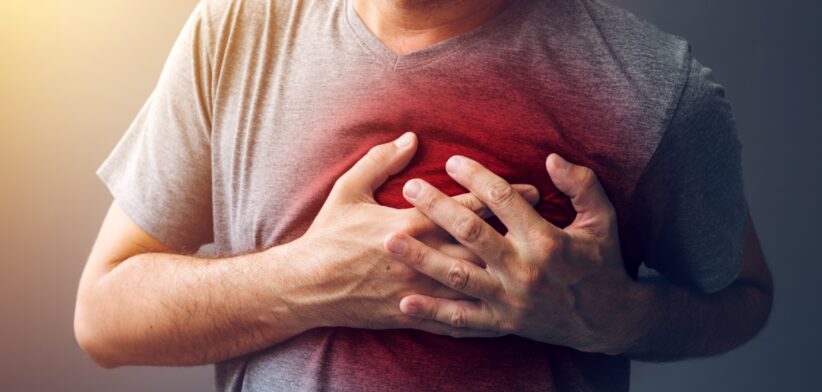A fat molecule which the body manufactures during trauma may hold the key to limiting tissue damage during a heart attack or stroke.
Cornell University Associate Professor Jeremy Baskin said scientists had, over the years, observed that the body’s production of a “three-tailed” fat molecule surged when the body was starved of oxygen during a heart attack, without knowing why.
Associate Professor Baskin said they have now uncovered the molecule’s role was to protect against damage when oxygen ran out.
“The research shows that the fat molecule, N-acylphosphatidylethanolamine (NAPE), helps cells survive ischemia – oxygen loss from reduced blood flow – by driving lactic acid out of cells,” he said.
“This toxic byproduct builds up during emergency metabolism, and NAPE’s surge appears to be part of the body’s protective response.”
Associate Professor Baskin said though the research was still in an early stage, the findings suggested that boosting or mimicking NAPE could one day help limit tissue damage in heart attack and stroke.
“During heart attack or stroke, when there is an interruption in blood flow, the cells in the affected tissue, whether it is the heart or the brain, have to scramble to be able to continue to produce energy to survive,” he said.
Associate Professor Baskin said under normal conditions, cells largely produced energy by a longer and much higher yielding process involving mitochondria.
“However, when energy needs are imminent and oxygen is limited, such as when blood flow is restricted, a metabolic switch occurs to favour glycolysis, which is a quick and dirty way of generating energy,” he said.
“But to keep glycolysis going unabated, lactate, or lactic acid, is built up, and because it can be toxic at high levels, cells need to export it to prevent it from building up inside cells to undesirable levels.”
Associate Professor Baskin said because NAPE repelled water and was short-lived in cells, studying it directly had been nearly impossible.
He said the research team overcame this by designing and synthesizing a chemical “look-alike” probe that tagged NAPE’s protein partners under UV light, revealing its interactions.
“The researchers observed NAPE latching onto proteins that regulate lactate transport.”
Associate Professor Baskin said the experiments showed that when NAPE levels rose, lactate transport ramped up, and blocking those transporters erased the effect.
“The work reframes NAPE as a signaling molecule. Our finding that NAPE can stimulate lactate export supports a model in which the role of NAPE in pathological events such as heart attack or stroke is part of a protective response.”
Read the full study: Photoaffinity Labeling Reveals a Role for the Unusual Triply Acylated Phospholipid N-Acylphosphatidylethanolamine in Lactate Homeostasis.








